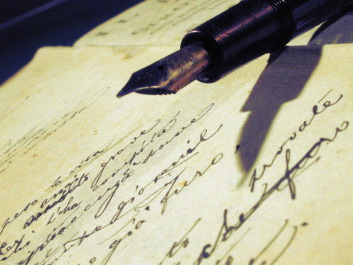
Come and explore poetic forms as they evolved and spread through Europe and North America, from those of the earliest Greek bards to modern-day poets. Studying poetic form is key to unlocking the ways civilizations viewed themselves. Enjoy your journey through the poetic landscape, and revel in some of the most creative and stimulating wordplay known in the world of writing.

Poetic form is key to unlocking the way civilizations viewed themselves.
Which poetic form would you like to explore?
Famous forms
- Limerick – Ireland’s poetic export is a catchy and often bawdy light verse.
- Sonnet – Immortalized by Shakespeare and known for its 14-line length.
- Free verse - Popularized by Beatniks but developed two centuries prior.
- Ballad – This action-packed song-story dates back to Homer.
- Haiku - The most popular Eastern poetic form in the world.
Classic forms
- Ode - Elaborate and stately, odes express lofty sentiments and thoughts.
- Terza rima/Tercet - Developed by Dante, Terza Rima is the most intricate form of Tercet writing.
- Villanelle – Enjoys a modern-day spotlight thanks to Dylan Thomas’ "Do Not Go Gentle Into That Good Night."
- Rondeau – Medieval French poetry that lent structure to American blues music.
Obscure forms
- Anacreontic verse - A true poem of love, wine, and song.
- Chain verse – Used to disguise news from the Crusaders in the Middle Ages.
- Triolet – Born from the lyrical minds of Provencal poets and French monks.
- Canzone – Developed in the 13th century and embraced by literary giants.
21st century forms
- Experimental/Visual Poetry – When poems are more than words.
- Advertising/Mass media – Poetry has always been interwoven into daily life.
- Song lyrics – Today’s music is a direct portal to ancient storytellers.
- Node poems – Literally the newest poetry form in the world.
- Synthetic poetry – Dedicated to questioning and highlighting the material process of creating poetry.

